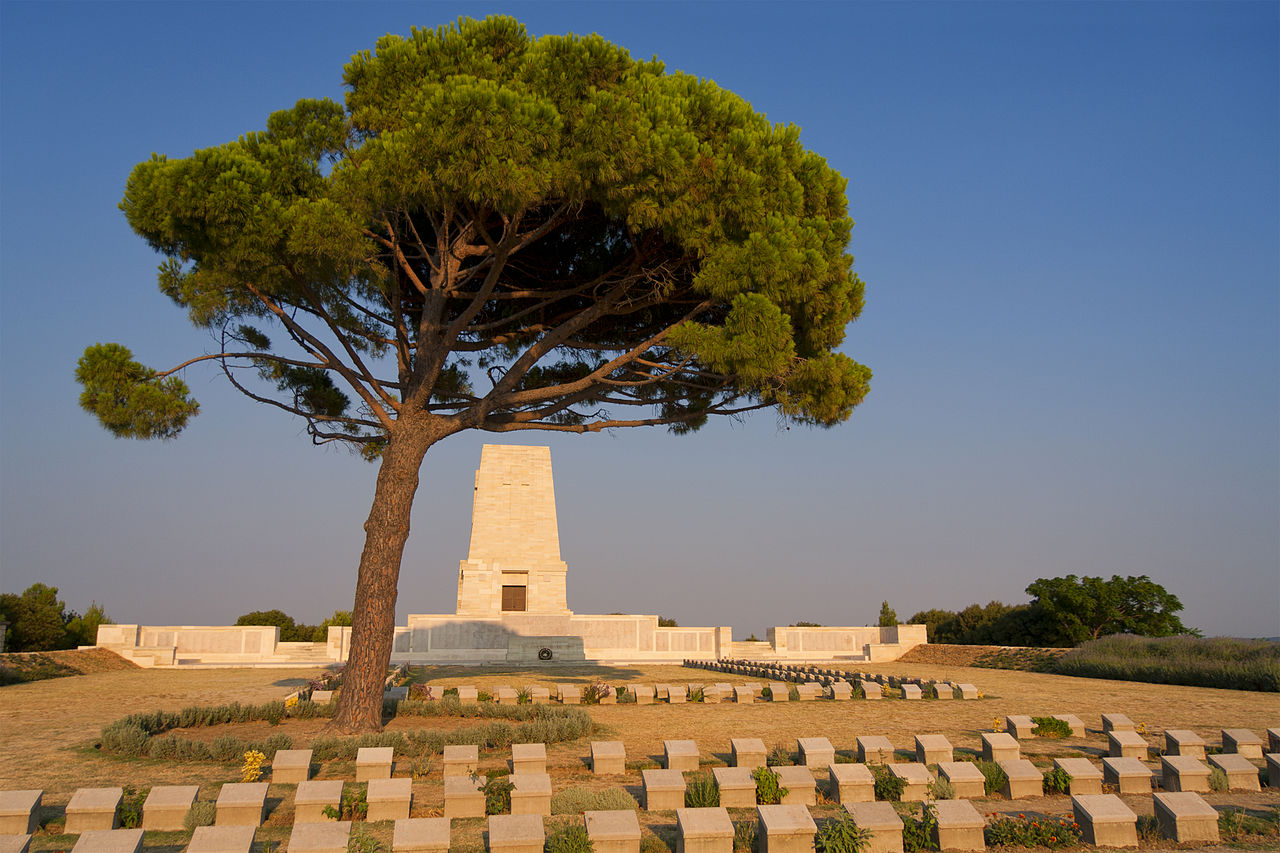End of the Gallipoli Campaign
Between May and December 1915 a number of Remuera men fought and perished at Gallipoli.
November 1915 saw bitterly cold weather with a big snowstorm on the 28th November. Heavy rain flooded and washed away the trenches – hundreds of soldiers drowned or were frozen to death. Hundreds more lost limbs due to frostbite. December 1915 saw the evacuation of the Gallipoli Peninsula. On the 8th December Lieutenant-General Sir Charles Munro ordered Lieutenant-General William Birdwood to evacuate Anzac and Suvla. The sick, wounded and surplus troops and valuable stores were removed on 10-11 December. On 15 December detailed orders were issued for evacuation; by the 20th December, the evacuation of Anzac and Suvla was completed by daylight; troops disembarked at Lemnos and then transferred to Egypt.
New Zealand suffered around 8,000 casualties, including 2779 dead. Australia’s 28,000 casualties included more than 8700 fatalities. The Ottomans paid a heavy price for their victory: an estimated 250,000 men were killed or wounded defending Gallipoli. For the survivors, their families and communities, the effects of the campaign would last for many years.
Among those from Remuera who did not return home were:
As well as those who died in April 1915:
The Lone Pine Memorial on the Gallipoli Peninsula, Turkey, (pictured) commemorates 4,934 Australian and New Zealand troops killed at Gallipoli from April to December 1915 but who have no known grave.
